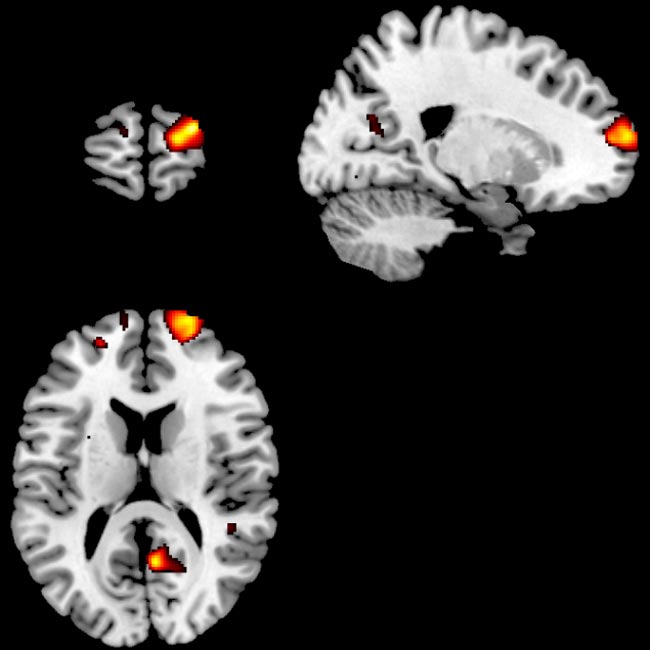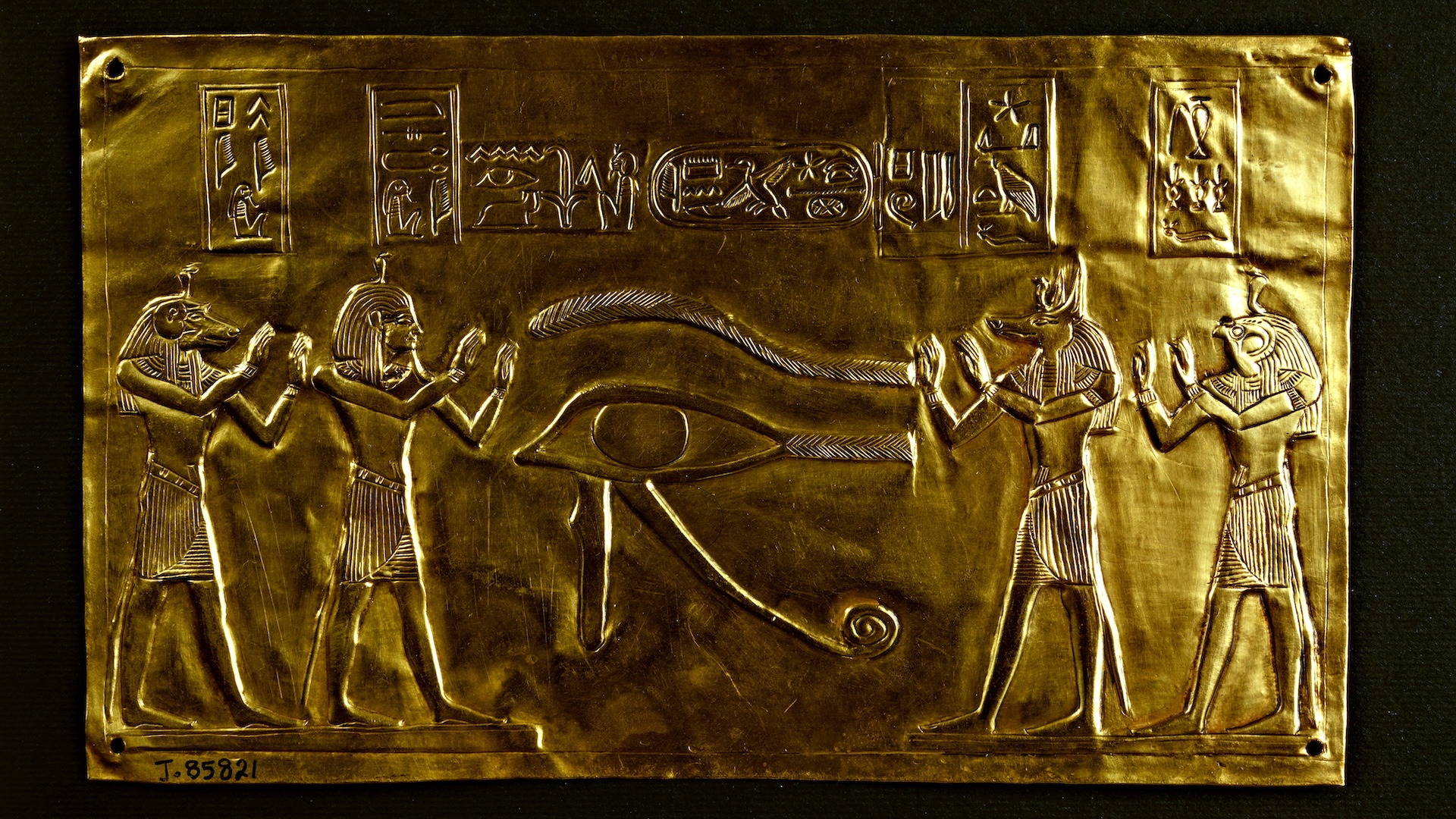Brain’s Anatomy Predicts Level of Introspection

The anatomy of your brain reflects your introspective capacity, or ability to self-judge the merits of your decisions, new research indicates.
The study found that people with stronger reflective, or introspective, ability appear to have a higher volume of gray matter, the outer layer of the brain, in the part of their brains sitting behind their eyes. This region is called the anterior prefrontal cortex.
This discovery fits with previous work that showed people with damage to this brain region had trouble assessing their own decision-making, even though their performances on a task were unimpaired.
"In terms of looking at variation across a population of healthy individuals, our study is the first to say how [introspection] might link to structure," said study researcher Stephen Fleming, a neuroscientist at the Wellcome Trust Centre for Neuroimaging at University College London.
There was a second anatomical connection as well. Fleming and his colleagues also found a connection between introspective ability and the integrity of the white matter that connects with the anterior prefrontal cortex. In other words, better white matter was also linked with a greater ability to think about thinking.
Self-assessment
In the study, 32 subjects were given a series of choices. On a screen, they were presented with two sets of six bright patches, with one set containing an even brighter patch. The participants were asked to identify the set which contained the brighter patch.
Sign up for the Live Science daily newsletter now
Get the world’s most fascinating discoveries delivered straight to your inbox.
If the subjects performed the task with ease, the researchers made it more difficult. If the task was too difficult, they could make it easier. This allowed the scientists to ensure that all of the participants performed at about the same level – about 71 percent accuracy – on the task itself.
After each choice, participants were asked to rate their confidence, on a 6-point scale, in the decision they had just made.
"We found the volunteers differed quite markedly in their ability to introspect about their decision, so some volunteers were better at knowing how they had performed, and some were less good at knowing," said Rimona Weil, one of the authors, at a press conference.
This ability to think about thinking, which the researchers refer to as metacognitive ability, is something everyone, from juries to game show contestants to school children, does every day, according to study researcher Geraint Rees, also of the Wellcome Trust Centre.
Using images of the subjects' brains, which were adjusted to account for natural differences in size and shape, the researchers found a relationship between metacognitive ability and these two features of brain anatomy (amount of grey matter and quality of white matter in certain regions).
It is not clear if the anatomical differences are innate or the result of experience and learning, the researchers say. Other studies have linked individual differences in brain anatomy to variation in language, motor skills and decision- making.
A key to consciousness and depression?
Because the ability to think about thinking may be an important part of consciousness, this study could be the stepping stone to understanding how the brain achieves awareness of its owner's mental states, according to Fleming.
It's not yet clear if it's better to be more or less introspective, but researchers suspect there may be a down side to looking inward too much, and potentially a link to depression, according to Weil.
"It may well be if you are too good at introspection you worry about decisions you have made, and you can't move forward," she said.
The study is published in the Sept. 17 issue of the journal Science.











